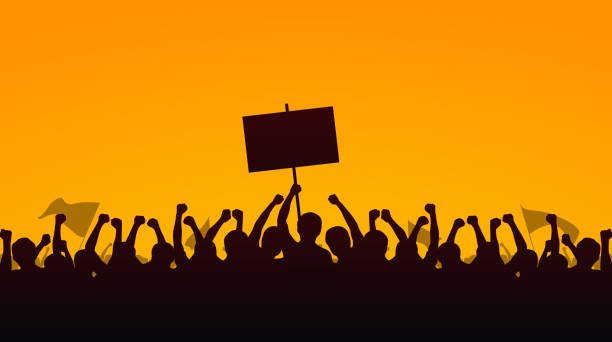Turning to non-violent methods to voice opinions and seek change is both effective and essential for constructive dialogue and sustainable outcomes.
In the face of injustice or the need for societal change, voicing opinions and advocating for rights is crucial. However, the method by which we choose to express our grievances can significantly impact the effectiveness and reception of our message. Resorting to violence often detracts from the legitimacy of the cause, leading to harm and division rather than constructive dialogue and solutions. Alternatives to violent protest not only ensure the safety of all involved but also foster a more inclusive and understanding environment for change. Below, we explore three alternative methods to voice opinions effectively, each accompanied by practical examples to illustrate how these approaches have been successfully implemented.
Three Alternative Methods on How you could voice your opinion instead of resorting to violence
Here are three alternative methods to consider:
1. Dialogue and Negotiation
Engaging in open dialogue with the relevant stakeholders, including government officials, community leaders, and other affected parties, can pave the way for mutual understanding and finding common ground. This approach involves:
- Organizing forums or town hall meetings where all parties can share their views and grievances in a controlled environment.
- Seeking mediation from neutral parties to facilitate discussions and help negotiate solutions that are acceptable to all involved.
2. Legal and Political Advocacy
Utilizing legal channels and engaging in the political process can bring about change while adhering to the rule of law. This method includes:
- Petitioning for legal review of unjust laws or practices, using the court system to challenge and change them.
- Lobbying legislators to enact or amend laws that address the community’s needs, including organizing letter-writing campaigns, petitions, or meeting with representatives to advocate for specific policies.
3. Public Awareness Campaigns
Raising awareness about an issue can mobilize public opinion and put pressure on decision-makers without resorting to violence. Effective strategies might involve:
- Social media campaigns, utilizing platforms like Twitter, Facebook, and Instagram to spread information, share personal stories, and garner support from a wider audience.
- Organizing peaceful marches, vigils, or sit-ins, which can draw public and media attention to the cause without disrupting public order or infringing on the rights of others.
- Collaborating with media outlets to publish op-eds, articles, or documentaries that highlight the issue and the changes sought.
These methods emphasize constructive engagement, respect for the rule of law, and the power of collective action in a peaceful manner. They allow for the expression of grievances and the pursuit of change while minimizing harm to the community and maintaining the moral high ground.
Examples of Alternative Methods on How you could voice your opinion instead of resorting to violence
Peaceful Protests and Marches
Organizing peaceful protests and marches is a powerful way to show solidarity and bring attention to a cause without resorting to violence. These gatherings can send a strong message to policymakers and the public, emphasizing the importance and urgency of the issue at hand.
- Example 1: The Women’s March, a worldwide protest on January 21, 2017, advocated for legislation and policies regarding human rights and other issues. Millions participated in a peaceful, coordinated demonstration of unity and strength.
- Example 2: The March for Our Lives event, organized by students in response to the Parkland school shooting, called for stricter gun control laws in the United States. The peaceful nature of the march garnered global support and attention.
Digital Campaigns and Social Media
Utilizing digital platforms and social media for advocacy offers a broad reach and the ability to engage with a global audience. Online campaigns can mobilize support, share information, and create communities around shared goals.
- Example 1: The #MeToo movement, which spread virally in October 2017, used social media to demonstrate the widespread prevalence of sexual assault and harassment. It empowered survivors across the globe to share their stories.
- Example 2: The Ice Bucket Challenge, a viral campaign to promote awareness of the ALS disease and encourage donations, demonstrated how creative online initiatives could lead to substantial real-world impact, raising millions for ALS research.
Community Engagement and Dialogue
Engaging directly with community members, leaders, and decision-makers through forums, workshops, and town hall meetings can facilitate constructive dialogue and collaboration. This approach allows for the exchange of ideas and the development of community-driven solutions.
- Example 1: Local community forums that bring residents together with police departments to discuss and address community safety concerns, fostering understanding and cooperation between law enforcement and the communities they serve.
- Example 2: Workshops organized by environmental groups to educate communities about sustainable practices and engage them in conservation efforts, leading to grassroots-driven environmental initiatives.
By choosing these alternative methods, individuals and groups can effectively voice their opinions and work towards change in a manner that respects the rights and safety of all involved, laying the foundation for meaningful and lasting societal progress.





